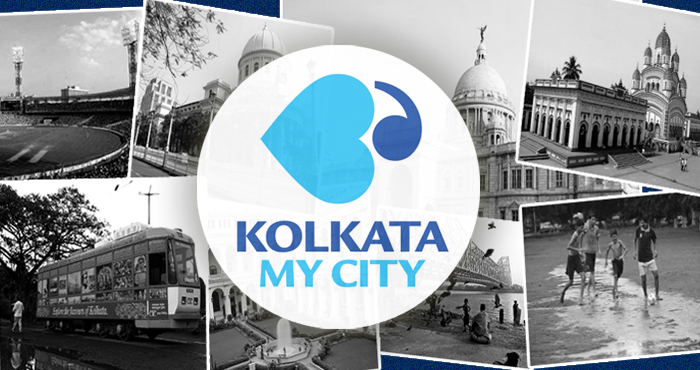From August 15, Kolkata Municipal Corporation (KMC) will introduce the system of collecting garbage during the evenings too. This will be a major step towards better solid waste management in the city.
With this routine in place, daily garbage collection will increase from three times to four.
KMC will set up three groups of people for each borough, who will keep an eye on garbage accumulation from 12 noon till 9 pm. Each group will have a supervisor. The groups will inform the Solid Waste Management Department of the corporation at which places garbage has accumulated and from where KMC’s vehicles may collect the same from.
Waste amounting to 4,500 metric tonnes is generated per day in Kolkata, which the KMC handles, while the total municipal waste generation in Bengal stands at 14,000 metric tonne per day.
The Bengal Government’s Solid Waste Management Rules 2016 categorises solid waste into six broad categories – industrial hazardous waste, healthcare or biomedical waste, solid waste (waste from houses, schools, offices, etc.), plastic waste, electronic or e-waste and construction or demolition waste. The Government is working upon classifying solid waste under three subcategories – biodegradable waste, recyclable waste and inert waste.
Source: Millennium Post


